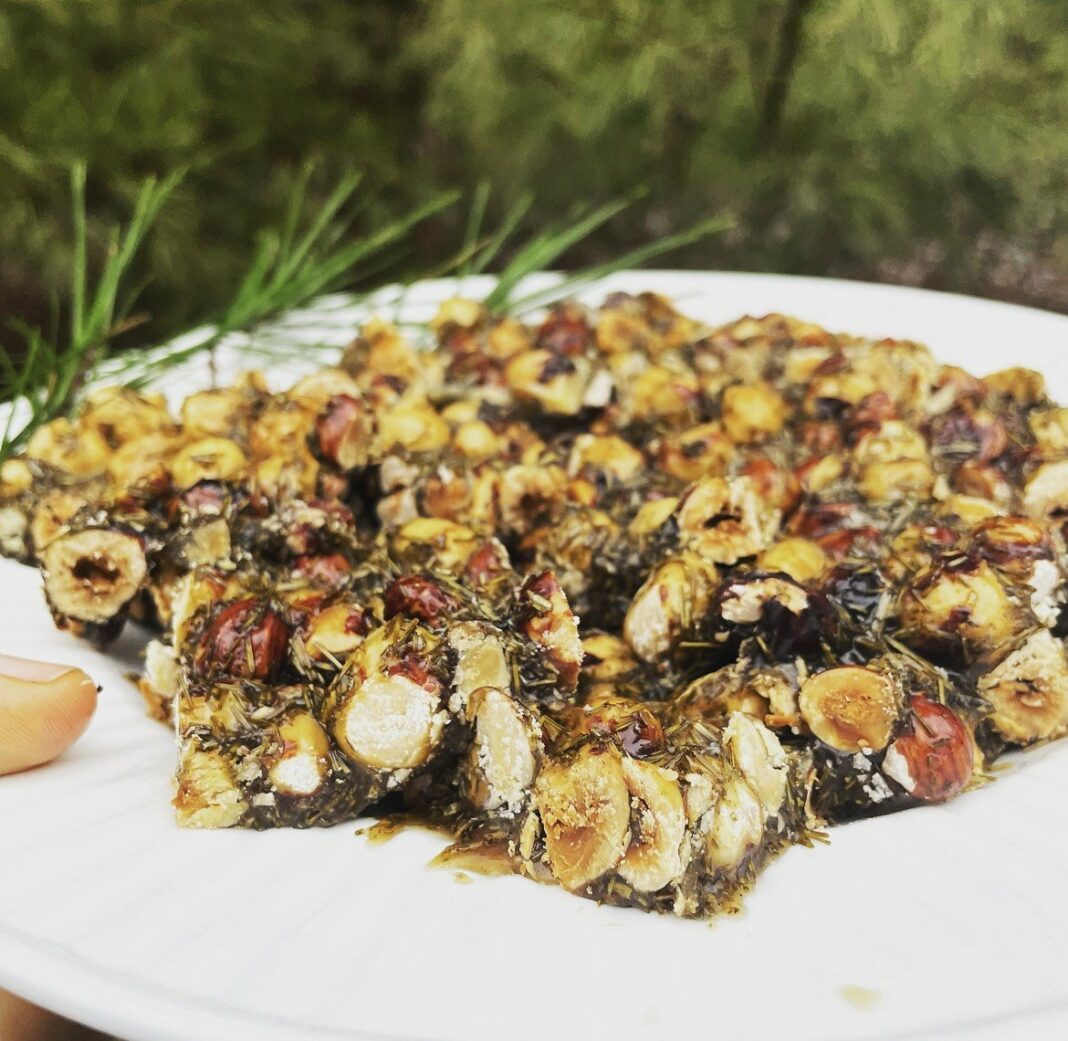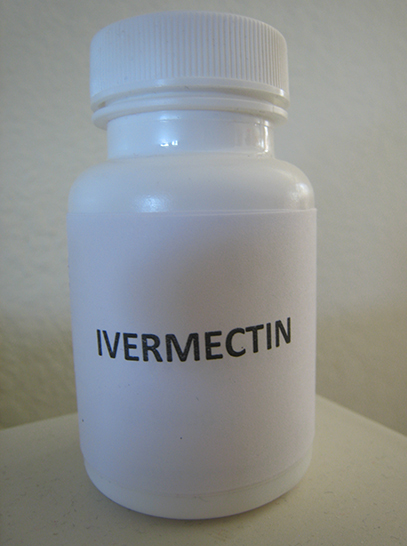
At its most basic, nougat is a confection made with nuts, honey, and/or sugar, however it can also include egg whites, herbs, spices, dried fruit, and seeds depending on where it’s made. There are variations traditionally made throughout the SWANA region (Southwest Asia & North Africa), the Mediterranean, and southern Europe, and the name it’s most commonly known as in the US, nougat, comes from France. In Spain it’s called turrón. In Greece, it’s mandolato or mandola. In Iran it’s gaz. In Iraq and many SWANA countries it’s known as mann al-sama, which translates to “manna from heaven.” In Italy it goes by torrone with different regions having their specialties, such as giuggulena/giurgiulena in Sicily and Calabria, and minnulata and cubbaita/cumpittu in Sicily. In Malta it’s known as qubbajd.Nougat’s origins are ancient and rooted in the SWANA region from which it then spread throughout the Mediterranean and southern Europe. The Sicilian name, giuggulena, is testament to this- its name is derived from the Classical Arabic word for sesame seed, gulgulān, which is the main ingredient in this Sicilian version of nougat, and harkens back to the time Sicily was under Arab rule. The earliest recorded recipe we have for this confection comes from a 10th century cookbook from Baghdad, in which it was referred to as natif. Whatever name you choose to use for it, variations now exist the world over. The recipe I’m sharing with you today is own personal twist and shout-out to my ancestors. In the way food traditions evolve and have an entropy of their own, this version combines White Pine (Pinus strobus), an abundant native tree here in the northeast, with Rosemary and Orange Peel, foods integral to my Greek & Italian ancestors. Just like me, it’s a fusion of Mediterranean flavors and the land I live on now. I believe ancestral cooking needs to look like this- it has to be given space to evolve and grow and be acknowledged as the living, breathing tradition that it is. If you’re inspired by this recipe and intuitive, ancestral cooking, feel free to make this recipe your own! You can use any Pine (Pinus spp), Fir (Abies spp) or Spruce (Picea spp), including your Christmas tree. Many culinary herbs go well with evergreens including Thyme, Garden Sage, Cinnamon, and Cardamom to name a few and of course they bring their own medicine too.
Top 5 This Week
Related Posts
White Pine & Rosemary Nougat — Milk & Honey Herbs


